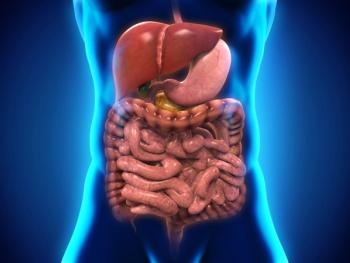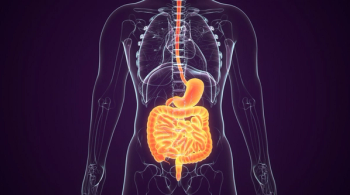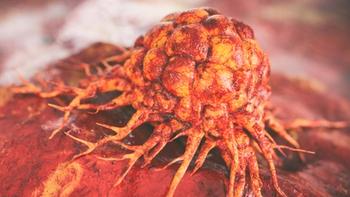
Adjuvant Therapy Selection by Recurrence Score After IORT May Lower Recurrence Rates for ER+ Early Breast Cancer
More patients with early-stage estrogen receptor–positive breast cancer with high recurrence scores received chemotherapy following radiation in a single-institution study, and this resulted in a low recurrence rate across all patients examined.
During a single-institution study, investigators determined that there was no correlation between recurrence rates and recurrence score (RS) in patients with early-stage estrogen receptor (ER)–positive breast cancer when RS was used for selection of adjuvant treatment following intraoperative radiation therapy (IORT).
Scoring by 21 Gene Recurrence Score guided therapy selection in patients receiving single-fraction (20 Gy) IORT, with those who scored high being more likely to receive adjuvant chemotherapy than those who scored low.
“High RS results (RS > 25), which guided chemotherapy recommendations in appropriate [patients receiving IORT], did not correlate with recurrence,” the investigators wrote in their poster, which was presented during the 38th Annual Miami Breast Cancer Conference, hosted by Physicians’ Education Resource®, LLC (PER®). “The success of IORT observed in this trial as local therapy for early-stage breast cancer…was independent of genomic or patient risk factors.”
In total, 115 patients with a median age of 63 years (range, 43-84) completed both monotherapy IORT per protocol using disposable balloon technology and RS assessment were assessed for outcomes. The median follow-up was 6.8 years, with patients being treated between November 2011 and January 2016. Median tumor size was 1.1 cm (range, 0.2-2.4 cm).
Patients were distributed evenly by RS, with 25 (22%) having an RS below 11, 20 (17%) in the 11 to 15 range, 53 (46%) between 16 and 25, 9 (8%) with an RS from 26 to 30, and 8 (7%) with an RS over 30.
At the median follow-up, recurrences occurred in 4 patients for a recurrence rate of 3.5%. Of those, 3 had local recurrence and 1 had axillary recurrence. Of the local recurrences, the 3 patients had RS of 0, 17, and 18; the axillary recurrence occurred in a patient with an RS of 19.
One patient with a local recurrence and RS of 0 declined endocrine therapy. In one patient with local recurrence (RS 17) and the patient with axillary recurrence, neither received chemotherapy but both complied with endocrine therapy. The final patient with local recurrence and an RS of 18 was treated with cyclophosphamide and docetaxel, but later tested positive for a CHEK2 mutation.
Two patients who had local recurrence chose to be treated with lumpectomy and excision of the area treated with IORT followed by whole breast radiotherapy, and the remaining 2 patients (1 local recurrence and 1 axillary recurrence) both had mastectomies.
Receipt of systemic therapy by recurrence score showed that no patients with scores of 15 or below received chemotherapy. In those with scores in the range of 16 to 25, the rate of chemotherapy treatment was 19%. The highest rates of chemotherapy treatment were in those with a RS at or above 26, with 78% in the 26-to-30 range and 63% with scores over 30 receiving this therapy.
“Recurrence rates were comparable to those reported in IORT peer-reviewed published data and treatment using breast conserving surgery plus whole breast radiation therapy,” the study authors wrote in their conclusion.
Reference:
Schwartzberg B, Howell K, Moore J, Devchand P, et al. Evaluation of the 21 Gene Recurrence Score (RS) Assay Results Following Successful Intraoperative Radiation Therapy (IORT) Treatment of Patients (pts) with Early-Stage Breast Cancer. Presented at: 38th Annual Miami Breast Cancer Conference, hosted by Physicians’ Education Resource®, LLC (PER®).
Newsletter
Stay up to date on recent advances in the multidisciplinary approach to cancer.

















































































